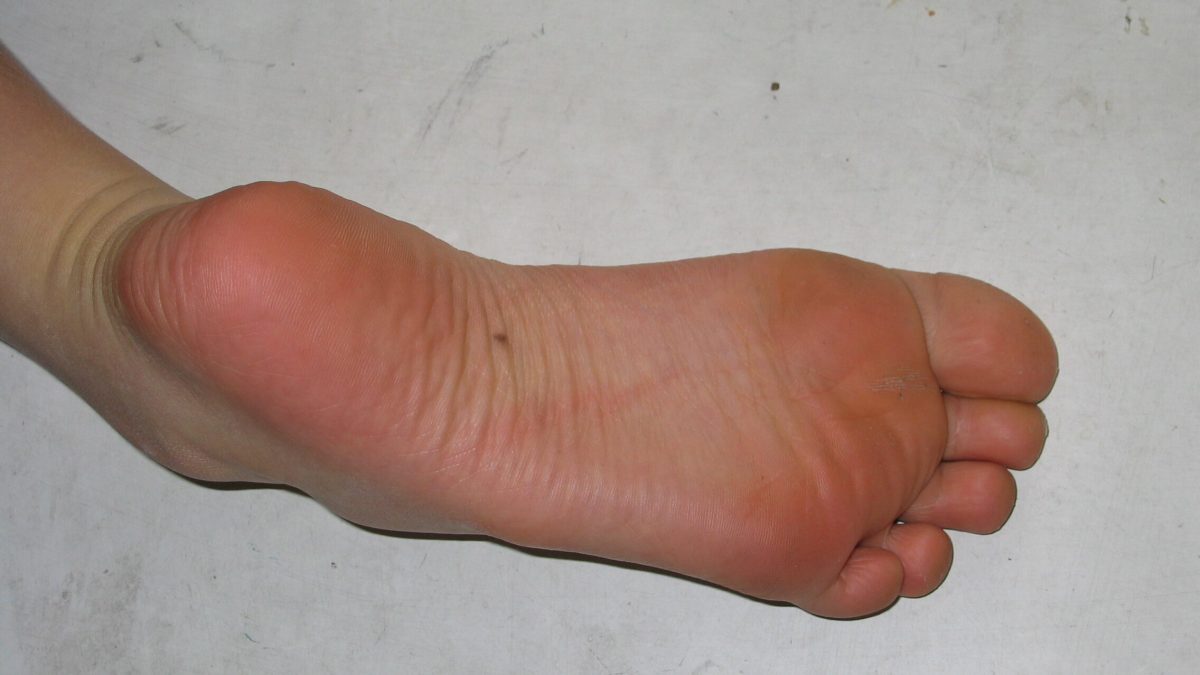Students are often asked about human body parts names in English. It is one of the most asked questions in the school. This article discusses Human Body Parts names in English and Hindi, as well as an additional 50 body parts names that are important to remember and which are both Man body parts names and Woman body parts names, i.e., they are common to both Male and female body parts.

Human body parts name in English and Hindi
The following list contains Human body parts name in Hindi and English.
| Head | सिर |
| Thigh | जाँघ |
| Leg | टांग |
| Forehead | माथा |
| Cheek | गाल |
| Eye | आँख |
| Nose | नाक |
| Toe | पैर की अंगुली |
| Mouth | मुँह |
| Lip | ओंठ |
| Foot | पैर |
| Tooth | दाँत |
| Neck | गरदन |
| Hip | कूल्हा |
| Abdomen | पेट |
| Pelvis | श्रोणि |
| Back | पीछे |
| Elbow | कोहनी |
| Pectoral girdle | आंसपेशी घेरा |
| Hand | हाथ |
| Arm | बाजू |
| Axilla | कांख |
| Sole | तला |
| Forearm | बांह की कलाई |
| Wrist | कलाई |
| Chin | ठोड़ी |
| Finger | उँगलिया |
| Heart | हृदय |
| Shoulder | कंधा |
| Ear | कान |
| Ankle | टखना |
| Nostril | नथना |
| Upper limb | ऊपरी अंग |
| Thumb | अँगूठा |
| Teeth | दांत |
| Thorax | वक्ष |
| Knee | घुटना |
| Face | शकल |
| Heel | एड़ी |
| Tongue | जीभ |
| Pelvic girdle | श्रोणि करधनी |

Picture of human body parts with names and details
Some Pictures of human body parts with names and details are given below.
Head
The head is the topmost part of the human body. The skull protects the brain inside of it. The head of a human has 22 bones. The seven cervical vertebrae support the head as it is supported by the neck. The average weight of a human head is between 2.3 and 5 kilos (5.1 and 11.0 lb) More than 98% of people fall inside this range. There have been strange occurrences where people had heads that were atypically small or huge.

Teeth
To mechanically prepare food for swallowing and digestion, human teeth chop and smash food into smaller pieces. They are regarded as a component of the human digestive system as a result. The four different tooth kinds that humans have—incisors, canines, premolars, and molars—each serve a particular purpose. Food is sliced by the incisors, torn by the canines, and crushed by the molars and premolars.

Finger
Humans typically have five phalanges, or finger bones, on each hand. However, some persons have more or fewer than five phalanges due to congenital conditions like polydactyly or oligodactyly, or accidental or deliberate amputations. The thumb is the first finger, and then comes the index, middle, ring, and little finger, or pinkie. Depending on the definition, the thumb may or may not be considered a finger.

Tongue
Inside the mouth, there is a fleshy muscle called the tongue. The top of the tongue, which is primarily made up of taste buds, allows us to taste. By combining food and saliva, it aids in the mastication process as well. It helps us converse and eat since it is incredibly flexible. The strongest muscle in the human body is the tongue.

Thumb
The thumb is the thickest and one of the longest fingers of our hands and feet. The thumb comes after the index finger as the first digit of the hand

Wrist
The wrist serves as the connecting point between the hand and the lower arm. It is a complex joint that provides for a wide range of hand flexion and rotation. Because there are so many bones, muscles, tendons, and ligaments in the overall wrist area, injuries are rather common.

Hand
The bodily portion at the end of an arm is known as a hand. Humans typically have two hands. Typically, each hand includes four fingers and a thumb. The palm is located on the inside of the hand. The metacarpals are the five bones that make up this portion of the hand. The hand and arm are joined at the wrist. There are 27 bones in the hand, including the wrist bones.

Sole
We can sense the ground when standing and walking thanks to the sole, which is a sensory organ. Due to the constant weight bearing on it, the sole has the thickest layers of skin on the body. The foot arch is made up of the bones beneath the sole. Later in life, the arches may collapse, leaving flat feet.

Ear
The component of the body that permits animals to hear, including humans, is the ear. Most mammals, including people, have ears. Non-mammals like lizards and frogs can hear as well, however, they could have holes in place of external ears. The inner ear is where sound waves are sent by the ear to function. The brain receives these vibrations from a coordinated network of nerves.

Heart
The Heart is a very strong muscle. It is roughly the size of a fist and located on the left side of the human body. Blood is pumped all across the body by it. When the heart squeezes blood into other bodily parts, it contracts regularly.

Additional 50 Body Parts Name
The following additional 50 Body Parts Name
| Arteries |
| Nasalis |
| Veins |
| Capillaries |
| Lips |
| Salivary glands |
| Occipital bone |
| Parotid glands |
| Submandibular glands |
| Sublingual glands |
| Pharynx |
| Esophagus |
| Stomach |
| Duodenum |
| Sphenoid |
| Jejunum |
| Ileum |
| Epicranius |
| Large intestine |
| Ascending colon |
| Transverse colon |
| Descending colon |
| Sigmoid colon |
| Procerus |
| Gallbladder |
| Mesentery |
| Pancreas |
| Vertebral column |
| Anal canal |
| Kidneys |
| Bladder |
| Urethra |
| Cornea |
| Iris |
| Ciliary body |
| Lens |
| Retina |
| Outer ear |
| Earlobe |
| Taste buds |
| Joint |
| Olfactory epithelium |
| Semicircular canals |
| Vestibule of the ear |
| Cochlea |
| Cervical vertebrae |
| Inner ear |
| Ossicles |
| Middle ear |
| Eardrum |
So these were the human body parts name in English and Hindi.
If you liked the article on human body parts name in English and Hindi, share the article with your friends.




